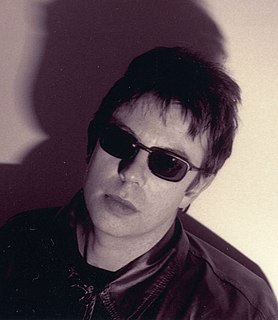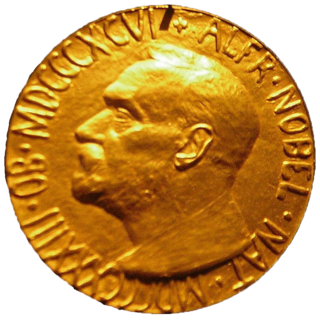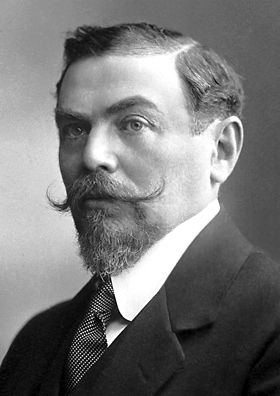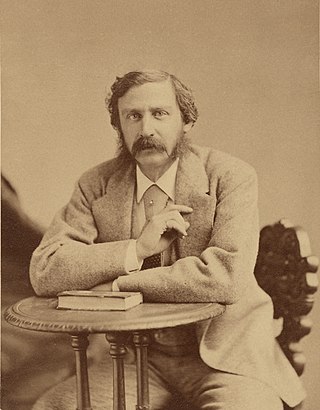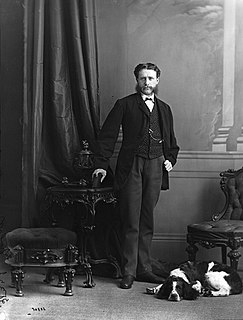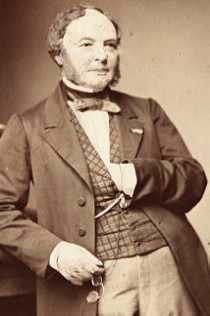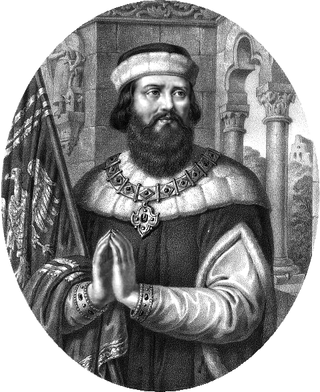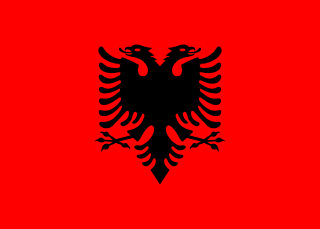
Aeroflot Flight 1492
Aeroflot Flight 1492 was a scheduled domestic passenger flight from Moscow–Sheremetyevo to Murmansk, Russia. On 5 May 2019, the Sukhoi Superjet 100 aircraft operating the flight was climbing out when it was struck by lightning. The aircraft suffered an electrical failure and returned to Sheremetyevo for an emergency landing. It bounced on landing and touched down hard, causing the landing gear to collapse, fuel to spill out of the wings, and a fire to erupt. The fire engulfed the rear of the aircraft, killing 41 of the 78 occupants.
















































































































































































































































